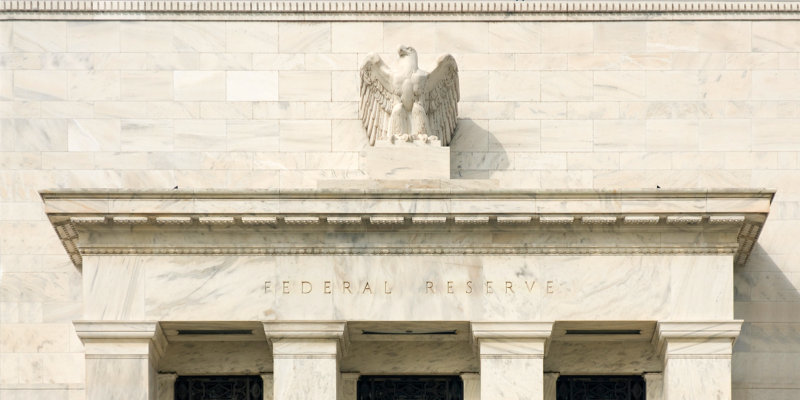Fed Drops Rates, Rolls Out New Programs to Steady Markets

The Federal Reserve took unprecedented steps in March 2020 to deal with the global outbreak of the new coronavirus. The Federal Open Market Committee lowered the target federal funds rate twice, dropping rates by a total of 150 basis points to virtually zero.
“While there continues to be volatility in the market, CFC believes that it is well situated and prepared to meet our members’ financial needs.”

To combat the financial market caused by the virus, the Fed has also announced a Commercial Paper Funding Facility expected to launch in mid-April and provide for the purchase of hundreds of billions of dollars in U.S. Treasurys and corporate debt in the secondary market.
“It is important to note that CFC is not able to directly access the Fed funds window,” Senior Vice President and Chief Financial Officer Andrew Don said. “We believe that CFC is well positioned to secure cost-effective capital to meet both operational needs and the needs of our members.”
The Federal Funds Rate
The target federal funds rate is the interest rate regulated banks charge each other to lend federal funds overnight. It is also a benchmark for the general direction of interest rates on credit cards, mortgages and bank loans. The Fed uses the federal funds rate as its main tool to influence the U.S. economy.
The economic impact of the virus has resurfaced some of the same market liquidity challenges financial institutions faced in 2008. The more than $1 trillion commercial paper market, which is a key source of funding for the money market, experienced a drop in liquidity in March 2020.
The money market is an important component of the economy that provides short-term funds to corporations and financial institutions and, ultimately, consumers. The market deals in short-term borrowing of less than or equal to one year and primarily impacts the cost of variable-rate loans.
Fed Rate Changes
The Fed normally lowers the target rate to maintain or revive economic growth and raises it to fight inflation above 2 percent. It can take 12 to 18 months for a change in the policy rate to affect the entire economy.
“While most top-tier issuers rated A1/P1, including CFC, continue to have access to funding on a daily basis, tight liquidity conditions have caused the cost of borrowing in the commercial paper market to rise,” Don explained. “We believe market rates will normalize once all of the Fed’s monetary policies are officially launched, and financial markets and the broader economy show signs of stabilizing.”